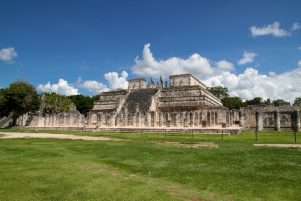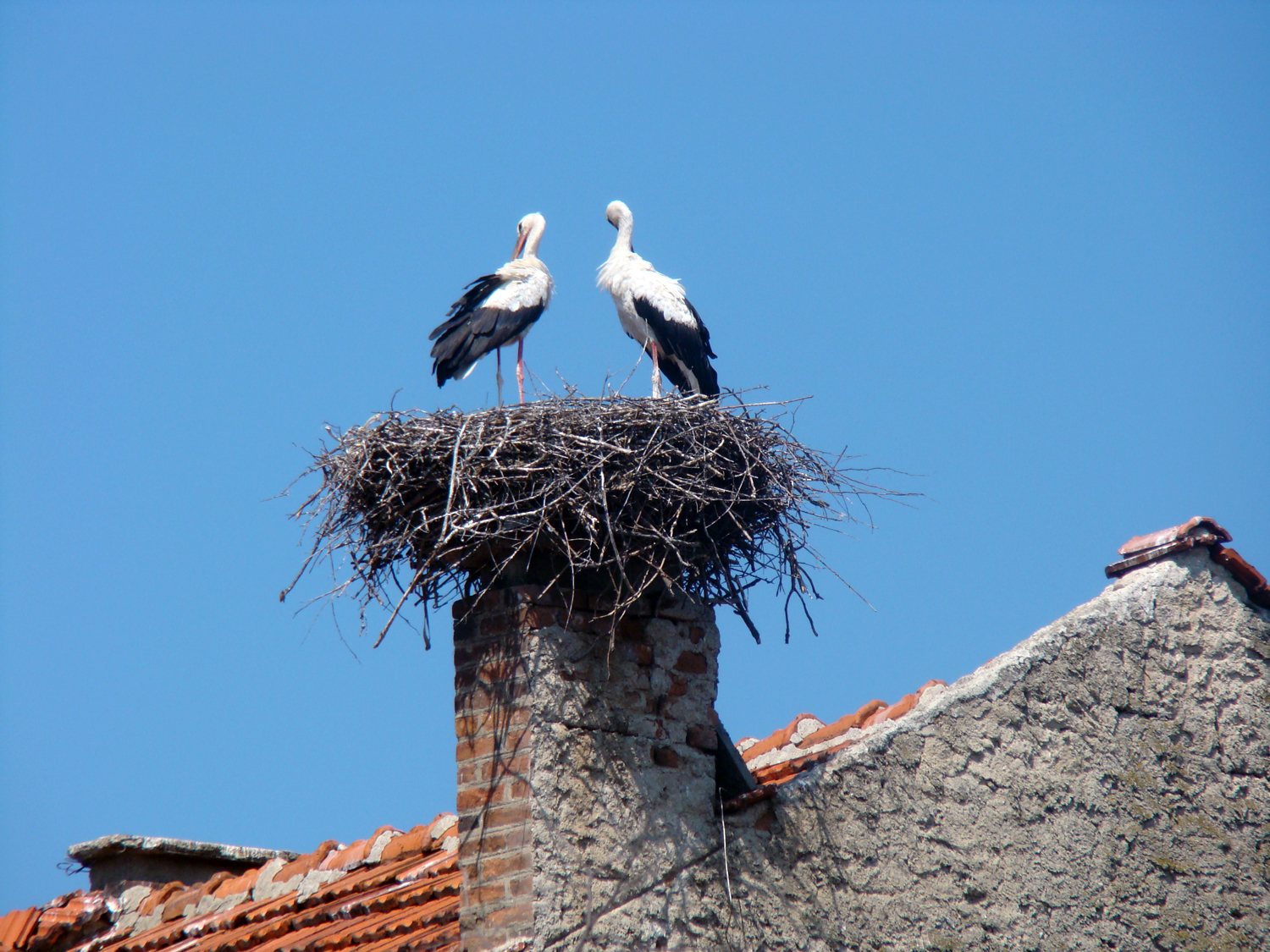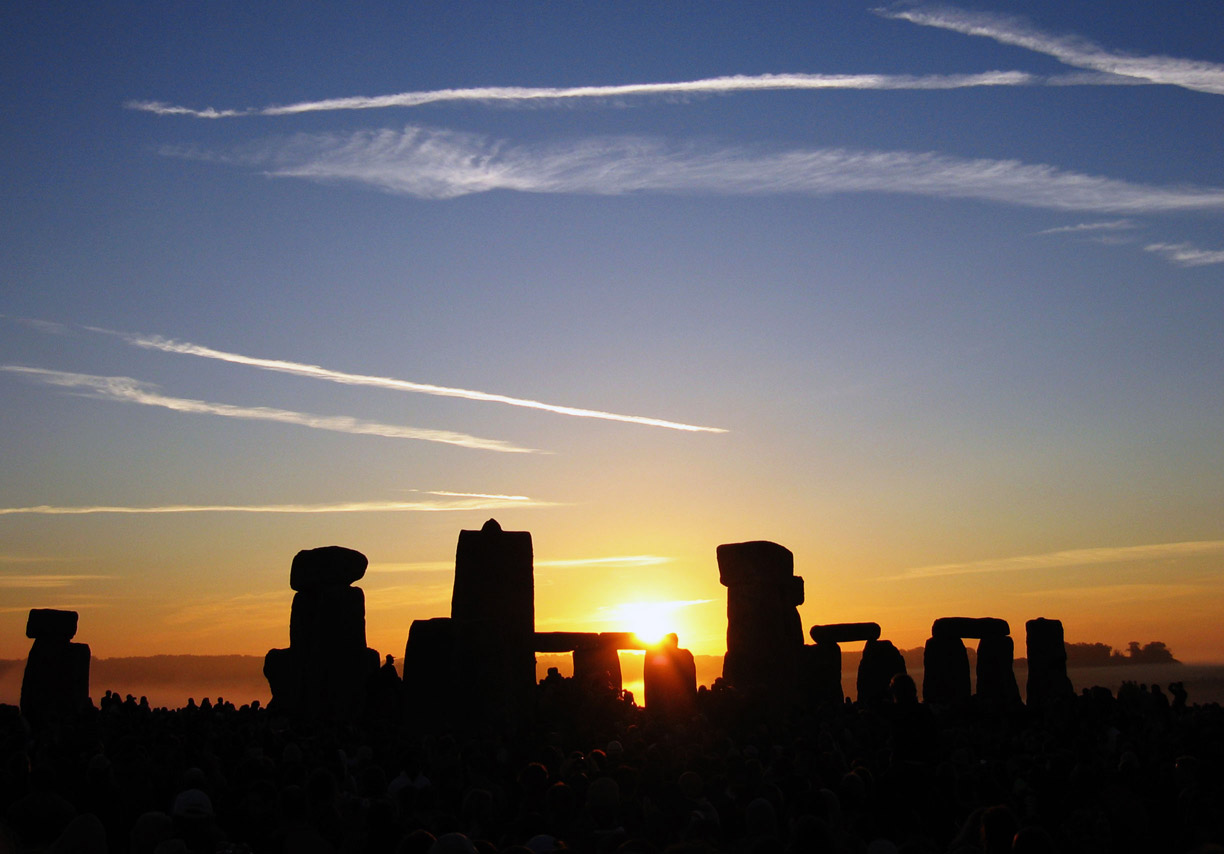The Rise and Fall of Mayan Civilization
Article By NA El Salvador

The people of Mayan society built large cities, sumptuous temples, and towering pyramids. At its peak, around 900 AD, the population was estimated at about 200 people per Sq km in rural areas, and more than 800 people per sq km in cities (comparable to the modern Los Angeles County).
This vibrant “Classic Period” of the Mayan civilization thrived for approximately six centuries. Then for some reason it collapsed. For a long time, the fall of the Mayans has been one of the great mysteries of the ancient world. It is, however, more than just a historical curiosity. In sight of the Mayan ruins, in the Petén region of Guatemala, near the border with Mexico, the population is increasing again, and is cutting down the rainforest to turn it into farmland. “By studying what the Mayans did right and what they did wrong, perhaps we can help local people find efficient ways to cultivate the land, without reaching the excesses that doomed the Mayans”, says Tom Sever of the Marshall Space Flight Center (MSFC). Sever, NASA’s sole archaeologist, has been using satellites to analyze the Mayan ruins. By combining that information with conventional archaeological discoveries from the excavations, Sever and others have managed to decipher much of what actually occurred:
From pollen trapped in ancient layers of lake sediment, scientists have learned that about 1,200 years ago, just before the fall of the civilization, pollen from trees almost completely disappeared and were replaced by pollen from weeds. In other words, the region was almost entirely deforested. Without the trees, the erosion would have worsened, taking away the fertile soil layer.
The changing surface would have raised the region’s temperature by as much as 6 degrees, according to computer simulations by NASA climate scientist Bob Oglesby, Sever’s colleague at MSFC. Those warmer temperatures would have dried out the land, making it even less conducive to crops. Rising temperatures also would have destabilized rainfall patterns, Oglesby says. During the dry season in the Petén, water is scarce, and groundwater is too deep (+150 meters) to drill wells. Dying of thirst is a real threat. To survive, the Mayans had to resort to rainwater stored in ponds, in such a way that an alteration in the rains would have had fatal consequences. Using classical archeology techniques, researchers have discovered that human bones from the last decades, before the collapse of civilization, show signs of severe malnutrition.
“Archaeologists used to debate whether the collapse of the Maya was due to drought, war or disease, or a number of other possibilities such as political instability,” Sever says. “Now we believe that all these factors were involved, but it was only the symptoms. The main cause was a chronic shortage of food and water, due to some combination of natural drought and human-caused deforestation.”
Image Credits: By pxhere.com | CC0 1.0
The entity posting this article assumes the responsibility that images used in this article have the requisite permissionsImage References
By pxhere.com | CC0 1.0
Read the original article on https://biblioteca.acropolis.org/surgimiento-y-caida-del-imperio-maya/
Permissions required for the publishing of this article have been obtained
Article References
Translation from Spanish article in the Acropolis Library




What do you think?